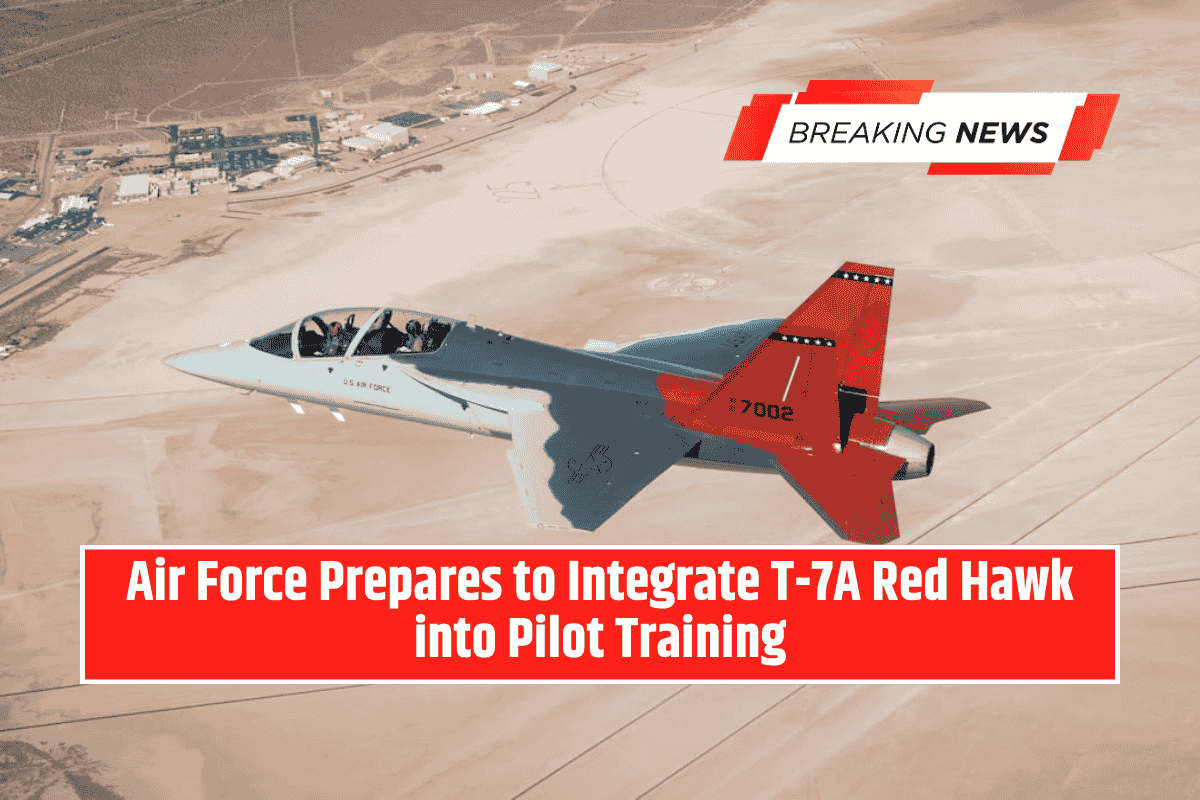In 2006, Boeing engineers proposed one of the most ambitious aerospace concepts of the modern era: transforming the legendary F-15 Eagle into a low-cost orbital launch platform.
Dubbed the F-15 Global Strike Eagle (GSE), the concept involved mounting a 45-foot, three-stage rocket on the fighter’s back to ferry small payloads into Low Earth Orbit (LEO).
While it never advanced beyond the proposal stage, the idea highlights both the ingenuity and audacity of Cold War–era inspired thinking—offering solutions that resonate with today’s growing emphasis on rapid, flexible access to space.
Why the F-15?
The McDonnell Douglas F-15 Eagle, introduced in the 1970s, quickly proved itself as one of the most dominant fighters ever built, boasting a perfect 104–0 air-to-air combat record.
Its unmatched thrust-to-weight ratio, speed exceeding Mach 2.5, and robust airframe inspired Boeing to explore roles beyond traditional air combat.
By the 1980s, the F-15E Strike Eagle demonstrated its ability to handle heavy payloads in ground-attack missions. Over the years, the F-15 family proved adaptable—serving as a testbed for hypersonic missiles, even shooting down a satellite in orbit.
Against this backdrop, the idea of turning the fighter into a launch platform for space missions seemed less far-fetched.
The Global Strike Eagle Concept
Boeing’s 2006 proposal envisioned attaching a 45-foot, 30,000-pound, three-stage solid rocket atop an F-15. The design drew from existing technology, using Minuteman II missile components (SR-19, Orion 50XL, Orion 38) for propulsion, combined with a top-mounted pylon reinforced by the Eagle’s fuselage bulkheads.
Because the rocket’s size interfered with the cockpit ejection system, the aircraft was to be pilotless, operated remotely like the Air Force’s QF-16 target drones. This eliminated risk to pilots while allowing for modifications such as removing unnecessary combat avionics.
The proposed system promised a global launch footprint: any airstrip capable of supporting F-15 operations could serve as a satellite launch site, bypassing the costly infrastructure of Cape Canaveral or Vandenberg.
How It Would Work
The launch sequence was designed as follows:
- The F-15 GSE would climb to nearly 48,000 feet at Mach 1.35.
- At a 40-degree pitch, the rocket would separate, igniting its first stage after a safe interval.
- Successive stages would then propel the payload into Low Earth Orbit within approximately 6.5 minutes.
To compensate for the massive payload, Boeing proposed using Jet-Assisted Take Off (JATO) boosters and Mass Injection Pre-Compression Cooling (MIPCC)—a method of injecting coolant to allow the engines to operate at higher speeds and altitudes.
Strategic Purpose
The Global Strike Eagle addressed a pressing problem: America’s reliance on large, expensive satellites vulnerable to attack by near-peer adversaries.
Smaller, rapidly deployable satellites launched from fighters could provide critical redundancy for communications, navigation, and reconnaissance in wartime.
By using existing F-15 infrastructure and proven rocket technology, Boeing argued the GSE would offer a low-cost, rapid-response launch capability, supporting both military and intelligence needs.
Why It Never Flew
Despite its technical feasibility, the concept stalled. By the late 2000s, the U.S. had other priorities and access to traditional launch infrastructure. Moreover, emerging hypersonic weapons offered simpler deployment options from bombers and fighters without requiring radical airframe modifications.
Still, the Global Strike Eagle remains a compelling “what if”—a demonstration of how unconventional thinking can inspire practical solutions to modern challenges.
With today’s Space Force pushing for proliferated LEO constellations and resilient architectures, Boeing’s 2006 proposal looks less like science fiction and more like an idea ahead of its time.








